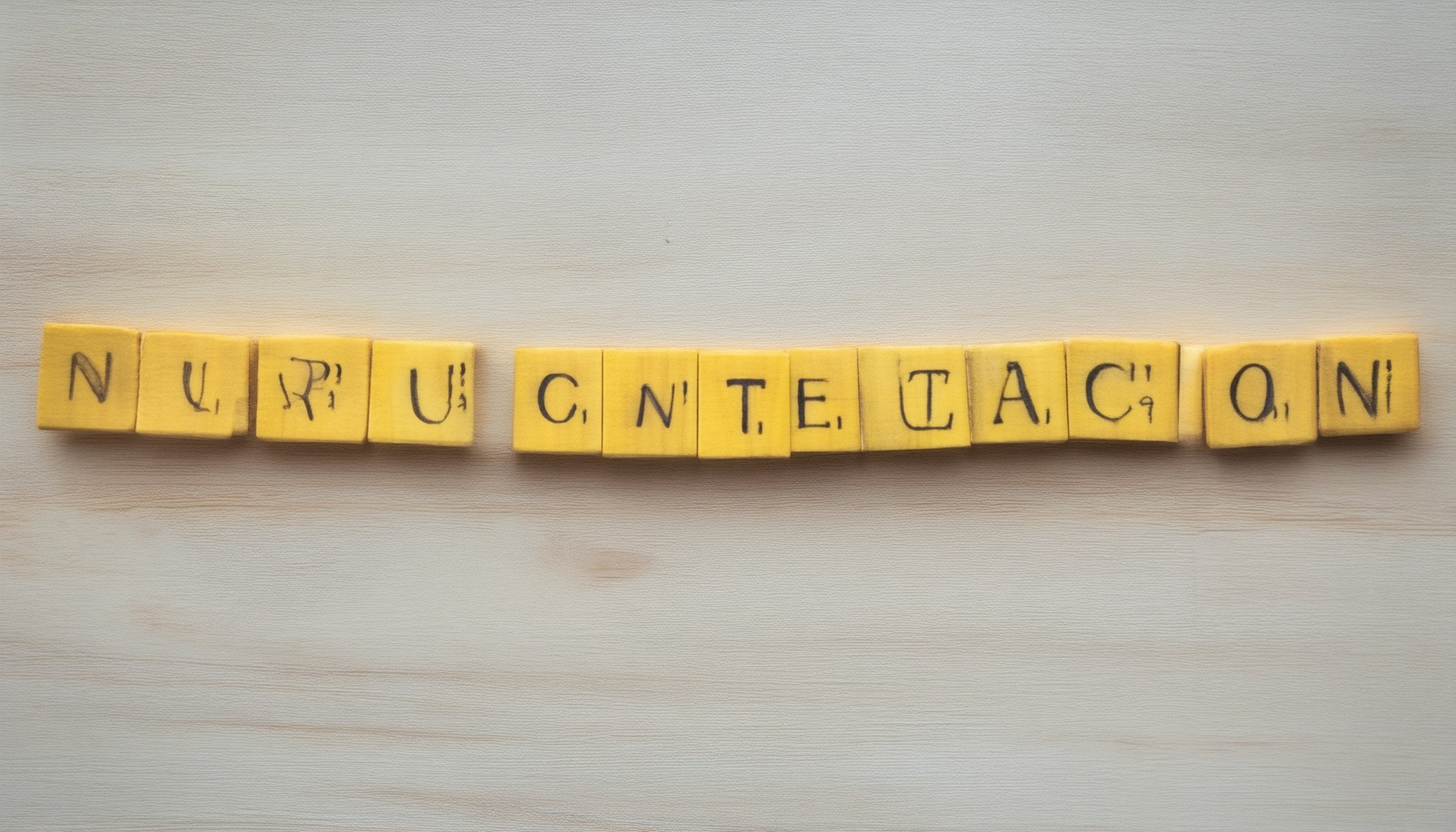The essence of relationships lies in our ability to connect deeply with others, and empathy serves as the bridge that facilitates these connections. For many, fostering empathy in their relationships can feel like an elusive goal, especially when faced with challenges like miscommunication or emotional disconnect. Whether you’re seeking guidance on how to improve your empathy or want to understand its role in building lasting connections, this article offers comprehensive insights. From recognizing empathy gaps to mastering the art of expressing empathy, we explore practical strategies that can transform your relationships. By embracing empathy, you not only strengthen your bonds but also create a foundation built on understanding and compassion. Join us as we delve into the intricacies of empathy, offering actionable advice and real-life examples to help you cultivate this vital emotional intelligence in your relationships.
Key Takeaways
- Express Empathy to Deepen Connections: Demonstrate empathy through active listening, validation, and compassionate responses to foster stronger relationships.
- Prioritize Active Listening: Give full attention and ask clarifying questions to truly understand your partner’s emotions.
- Acknowledge Feelings with Validation: Recognize their perspective to build trust and understanding.
- Offer Support and Understanding: Show empathy by providing comfort and showing concern for their well-being.
- Understand Emotional Cues: Pay attention to non-verbal signals to uncover unspoken needs and concerns.
- Practice Patience During Challenges: Allow space for emotions to be expressed naturally to strengthen emotional bonds.
- Avoid Dismissive Behavior: Refrain from ignoring or dismissing their feelings to maintain trust and intimacy.
- Do Not Minimize Their Worries: Be mindful of how your words affect their experience and feelings.
- Be Mindful of Verbal and Nonverbal Signals: Avoid actions that create emotional distance, like interrupting or giving minimal expressions.
- Avoid Quick Fixes Without Understanding: Ensure solutions consider their emotional state to avoid invalidating their experience.
- Approach Conversations with Curiosity: Be open-minded and curious to understand their perspective deeply.
- Use Reflective Questions: Ask open-ended questions to show their thoughts and feelings matter significantly.
- Implement Active Listening: Focus on understanding to respond thoughtfully and effectively.
- Develop Emotional Intelligence: Enhance your ability to recognize and respond to others’ emotions.
- Consciously Address Barriers: Work to eliminate empathy blockers to build stronger, more meaningful relationships.
How to Fix Lack of Empathy in a Relationship
To address a lack of empathy in a relationship, consider implementing the following steps:
- Enhance Communication :
- Engage in open and honest conversations where both partners actively listen without interrupting.
- Practice active listening by showing interest through body language and verbal cues.
- Develop Emotional Awareness :
- Reflect on personal emotions daily to better understand oneself.
- Use journaling as a tool to track feelings and gain insight into one’s emotional state.
- Set Shared Goals :
- Create weekly goals aimed at fostering emotional connection, such as designated “emotion-sharing” times.
- Understand Love Languages :
- Learn each other’s love languages (e.g., gifts, quality time, words of affirmation) to express love in ways that resonate deeply.
- Be Patient and Persistent :
- Recognize that building empathy takes time and mutual effort.
- Approach challenges with patience, understanding that growth occurs gradually.
- Seek Professional Support if Needed :
- Consider couples therapy for tailored strategies and tools to enhance empathy and communication.
By focusing on these strategies, relationships can evolve into more empathetic and harmonious partnerships.
Improving Empathy Towards Your Partner
To enhance your empathy towards your partner, consider implementing the following strategies:
- Active Listening : Practice truly listening by asking open-ended questions and showing genuine interest. For example, “How are you feeling about that?” This demonstrates care and understanding.
- Emotional Awareness : Recognize and manage your own emotions. Acknowledge your feelings and find healthy outlets like exercise or discussing them with friends to prevent them from affecting your empathy.
- Continuous Learning : Explore resources such as books or online materials focused on relationship skills. Start with one area to avoid overwhelm and gradually expand your knowledge.
- Gratitude Practice : Regularly appreciate your partner’s efforts. Acknowledge small positives daily to strengthen your bond and foster empathy during challenging times.
- Seek Feedback : Have an open conversation with your partner about how you can improve. Their insights can provide specific areas to work on, ensuring you’re meeting their needs.
- Set Realistic Expectations : Understand that differing perspectives are normal. Approach conflicts calmly, allowing space for both sides to be heard without immediate reactions.
- Reflect on Interactions : Periodically review past exchanges. Identify moments of high empathy and areas for growth, guiding future interactions positively.
By integrating these steps, you can cultivate a more empathetic and supportive relationship with your partner.
What Are the 3 A’s of Empathy?
Empathy, often described as the ability to understand and share the feelings of others, plays a crucial role in building strong relationships and fostering understanding. While there are various aspects to empathy, the “3 A’s” provide a simple yet powerful framework to approach and practice empathy effectively.
- Awareness :
The first step in practicing empathy is to become fully aware of the emotions and experiences of those around you. This means actively listening to others, paying attention to their body language, and trying to understand the underlying causes of their feelings. Awareness also involves recognizing your own emotions and how they might be influencing your interactions. By staying present and open-minded, you can better connect with others on a deeper level. - Agenda :
Once awareness is established, it’s essential to set aside your own agenda and focus on the needs and concerns of the person you’re engaging with. This doesn’t mean losing yourself in the process but rather balancing your own needs with theirs. Empathy requires you to prioritize their emotional well-being, even if it means putting your own needs on hold temporarily. - Action :
Empathy isn’t just about understanding; it’s about taking steps to address the needs you’ve identified. This could involve offering support, providing reassurance, or taking proactive measures to resolve conflicts. Action ensures that empathy leads to positive outcomes and strengthens relationships.
By mastering these three components—awareness, agenda, and action—you can develop a more compassionate and effective approach to interacting with others.
Expressing Empathy in a Relationship
Expressing empathy in a relationship is essential for fostering deep connections and mutual understanding. Here are some effective ways to demonstrate empathy:
- Active Listening:** Pay full attention to your partner when they speak, avoiding distractions like phones or interruptions. Show genuine interest by asking clarifying questions to better understand their emotions.
- Validating Feelings:** Acknowledge their emotions by letting them know you recognize their perspective. Use statements like, “I can see why you’d feel that way,” to convey understanding and acceptance.
- Responding with Compassion:** Offer support and express concern. For example, say, “I’m really sorry you’re going through this. Is there anything I can do to help?” This shows empathy and a willingness to assist.
- Understanding Needs:** Empathy extends beyond words. Observe non-verbal cues and be attentive to their emotional state, which can often reveal unspoken needs and concerns.
- Patient and Supportive:** Be patient during challenging times. Allow space for emotions to be expressed naturally, rather than rushing to solve problems, which can hinder emotional connection.
- Seeking Their Perspective:** Show curiosity about their experiences by asking open-ended questions. This demonstrates that their thoughts and feelings matter deeply to you.
By consistently practicing these behaviors, you can create a more empathetic and supportive relationship, where both partners feel valued and understood.
What Does Lack of Empathy Look Like in a Relationship?
Lack of empathy in a relationship can manifest in several ways, making it difficult for the partner to feel understood and valued.
- Not Listening or Acknowledging Feelings: A partner who consistently ignores or dismisses their partner’s emotions may lack empathy. They might interrupt the conversation or quickly change the subject when their partner shares their thoughts or feelings.
- Dismissing Concerns: Making dismissive remarks, such as “It’s not a big deal” or minimizing their partner’s worries, can indicate a lack of empathy. This behavior suggests they don’t fully grasp the importance of their partner’s emotions.
- Not Offering Support: During tough times, a partner who fails to provide comfort or show understanding may demonstrate a lack of empathy. Instead of empathetically responding, they might offer only practical solutions without considering their partner’s emotional state.
Empathy Blockers Explained
Empathy blockers are behaviors, statements, or actions that create emotional distance between individuals, hindering effective communication and connection. These blockers can negatively impact interactions, particularly in contexts like coaching, counseling, or caregiving where emotional closeness is essential.
Examples of Empathy Blockers
- Verbal Blockers: Interrupting, dominating conversations, or dismissive remarks like “I already know” can shut down dialogue and reduce empathy.
- Nonverbal Blockers: Crossing arms, avoiding eye contact, or giving minimal facial expressions can signal disinterest or discomfort.
- Overpromising Solutions: Offering quick fixes without understanding feelings can invalidate the individual’s experience.
- Assuming Motivations: Judging or labeling others without inquiry can create defensiveness and emotional barriers.
The Impact of Empathy Blockers
Empathy blockers can erode trust and intimacy, making it harder to foster meaningful connections. In professional settings, such as coaching, they can hinder progress by creating a disconnect between coach and client or caregiver and care recipient.
Fostering Empathy
Counteracting empathy blockers involves actively cultivating empathy through open-mindedness, validation, and emotional intelligence. Practices like active listening, asking reflective questions, and acknowledging feelings can help bridge emotional gaps.
Conclusion
Understanding and addressing empathy blockers is crucial for building stronger relationships and more effective communication. By consciously working to eliminate these barriers, we can create environments where empathy flourishes, leading to deeper connections and more meaningful interactions.
For further exploration of empathy in personal and professional contexts, visit our Empathy Resources page.









0 Comments